
- By Theme
-
Destinations
-
Indian Destinations
-
International Destinations
-
- Best Places to Visit
- Packages
- Search Agents
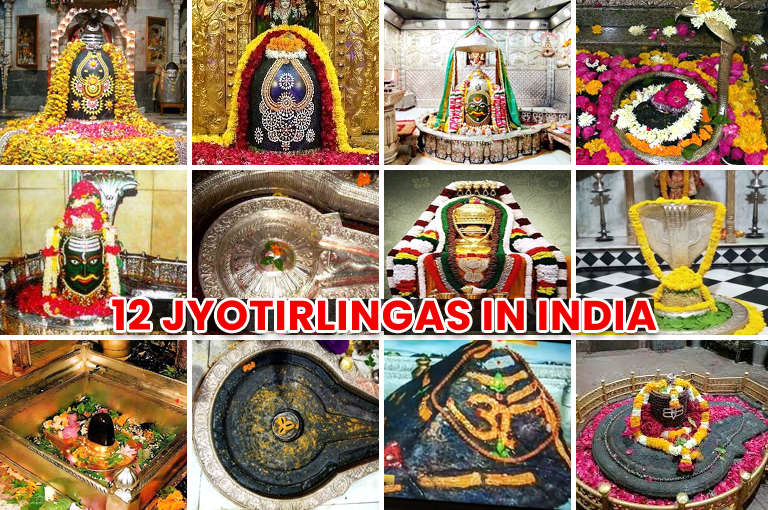
Within Indian civilization the 12 Jyotirlingas represent the most sacred locations devoted to Lord Shiva that exist in the form of blazing luminescent columns. The country hosts various religious locations which serve as the supreme spiritual sites where Shiva appeared as a brilliant light form. Your devotion to spirituality can be combined with cultural exploration of the 12 renowned Shiva temples scattered throughout India.
Each year millions of faithful devotees start an outstanding sacred pilgrimage throughout India since they wish to visit the 12 famous shiva temples in india. Going through various sacred sites in India has let me experience firsthand how the 12 Jyotirlingas hold their position as the most venerated Shiva temples throughout the country. These sacred temples from ancient times have been drawing spiritual hearts of believers throughout the centuries.
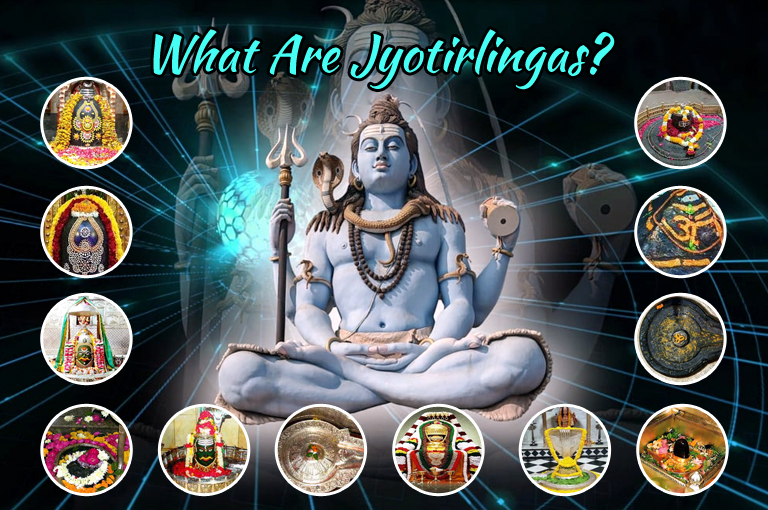
We need to begin our faith trip with an examination of what distinguishes these temples from other places of worship. Jyotirlingas exist as a religious concept which states that these sacred pillars of light represent the fundamental essence from which Lord Shiva emerged. Ancient writings show Lord Shiva materialized as an eternal beam of light before the divine appearance of Shiva himself when gods Brahma and Vishnu failed to find its ending point. The 12 holy sites exhibit the locations where Shiva embodied himself as flaming columns of light.
Several unique legends surround each of the sacred Jyotirlinga sites despite their collective connection to Lord Shiva. These establishments function beyond their religious designation since they represent active cultural centers hosting Indian architectural and spiritual traditions. Through centuries the religious structures have endured invasions while surviving historical time to become sanctuaries that receive millions of worshipers in belief of their divine capabilities.
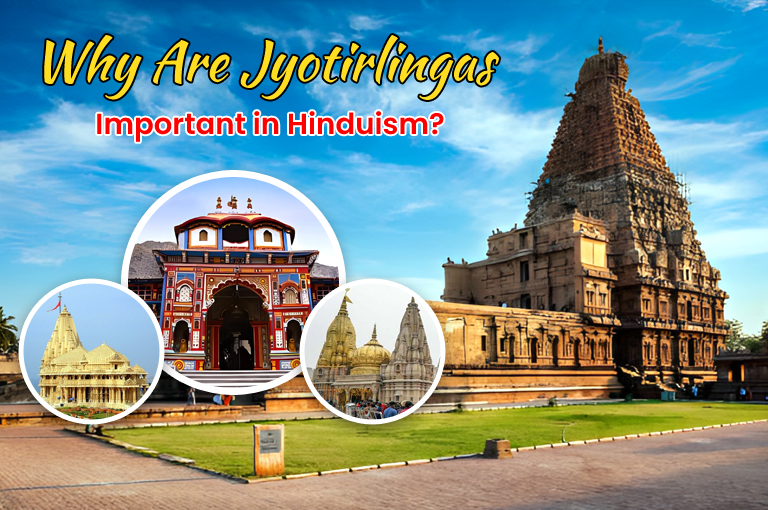
The Indian Hindu faith considers Jyotirlingas as both places of worship and sacred divine locations holding tremendous spiritual power in their traditions. The Jyotirlingas represent divine manifestations of Lord Shiva obtained through self-creation to fulfill various purposes. Traveling to all of the Twelve Jyotirlinga temples creates spiritual value because it leads pilgrims toward a blessed state of salvation while granting them divine assistance.

A myth tells how Lord Shiva manifested as a pillar of flames to make Lord Brahma and Lord Vishnu seek its starting point and ending point. When Vishnu turned into a boar to search into the depths of Earth and Brahma traveled upward on his swan, both failed to discover the column's beginning and ending points. This eternal column of light eventually manifested at twelve locations across India, each with its own distinct legend and significance.
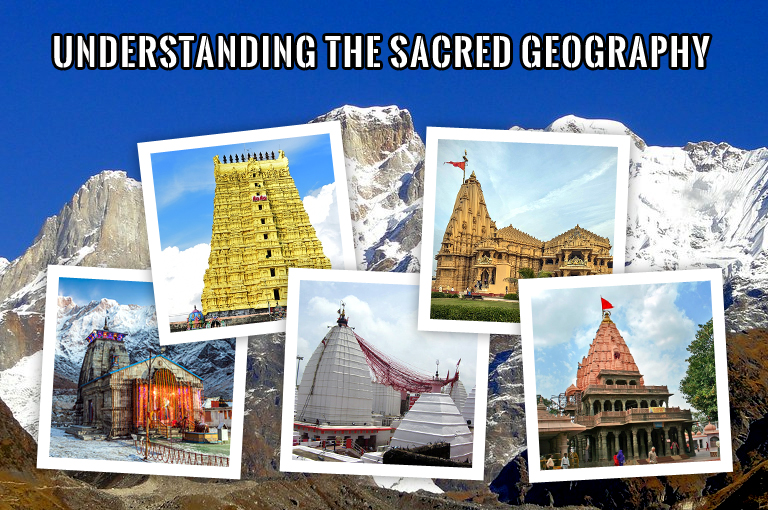
What's fascinating about these 12 sites is their strategic location across India:
Northern Region: Kedarnath in the Himalayas
Southern Region: Rameswaram at the tip of the Indian peninsula
Eastern Region: Vaidyanath in Jharkhand
Western Region: Somnath in Gujarat
Central India: Multiple sites including Mahakaleshwar and Omkareshwar
This geographic distribution isn't random - it's a deliberate sacred geometry that ancient sages designed to create a network of spiritual energy across the subcontinent.
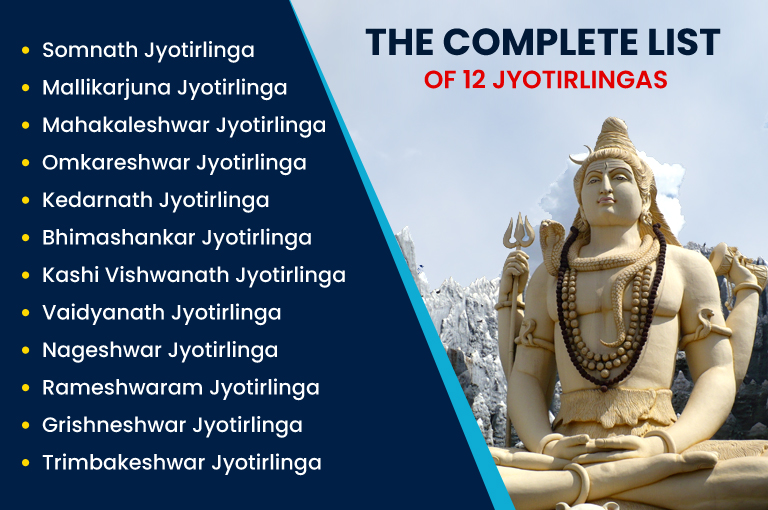
Here is the list of 12 Jyotirlingas in India:
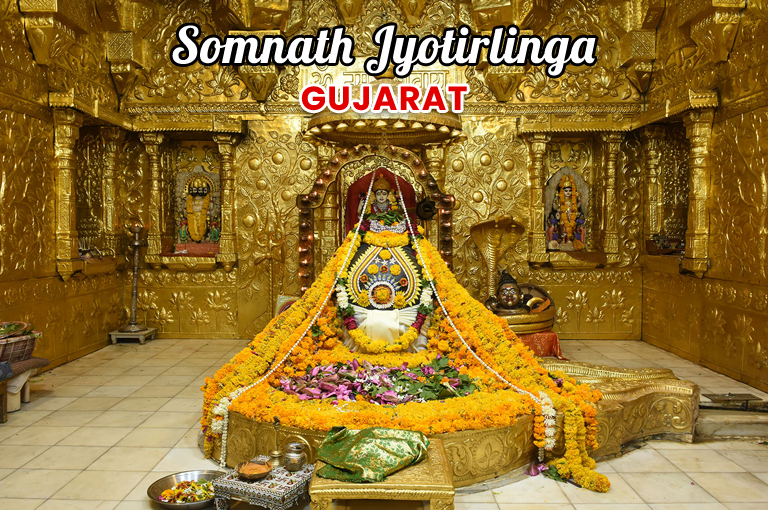
Indian mythology declares Somnath as the first Jyotirlinga in India, Gujarat which Moon God Chandra built according to historical accounts. The sacred temple underwent numerous destructions followed by reconstruction that reflect its unquestionable value throughout history.
This temple is a reminder of the victory over destruction as it symbolizes faith's endurance.
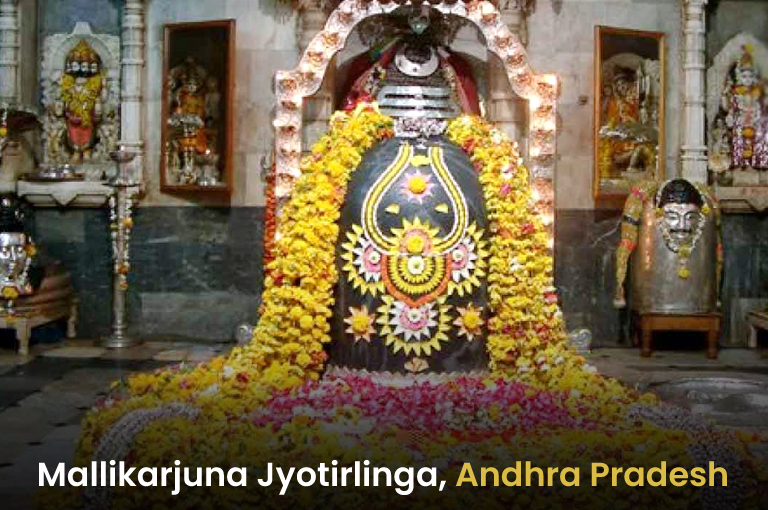
The temple is well-mentioned in many ancient epics and books and is part of the narrative of Lord Kartikeya. He moved to the mountain to live solitary after a little misunderstanding, where Shiva Parvati moved to this destination following him. So, here, the place is a testimony to the loving care of Parvati Shiva for the son.
People visiting Mallikarjuna Temple will encounter both a Jyotirlinga monument along with a Shakti Peetha which demonstrate the sacred alliance between Shiva and Shakti.
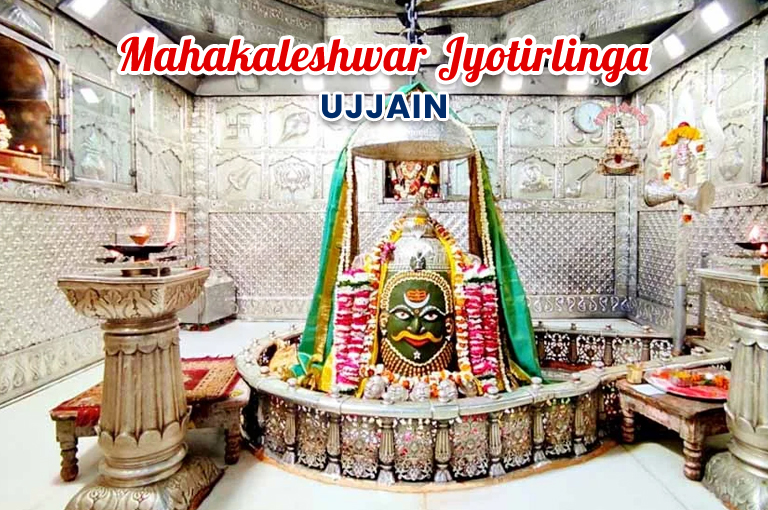
King Chandrasena follows the legend of being a great devotee of Shiva. The city faced demonic attacks so Shiva emerged as Mahakal to shield his followers until he became a Jyotirlinga at this site.
Devotees seek divine protection at this jyotirlinga in Ujjain because Mahakaleshwar stands unique as the sole south-facing Jyotirlinga with the ability to govern time as well as death.
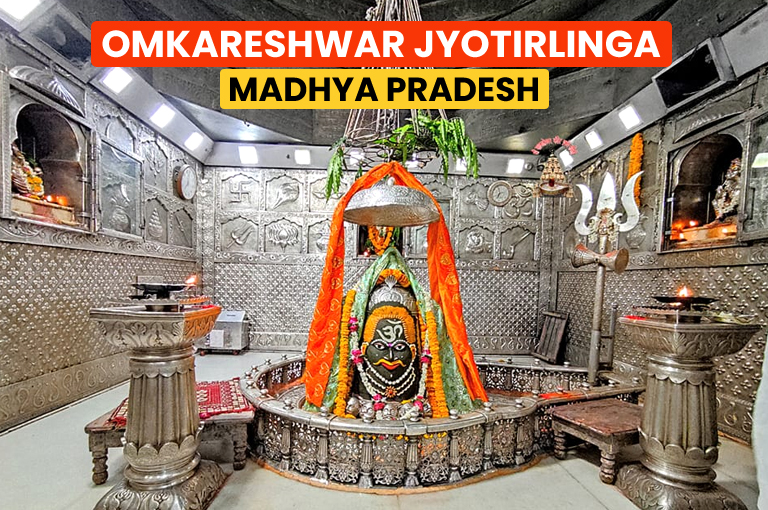
The holy site of Omkareshwar holds significance to King Mandhata because he performed meditation on Lord Shiva in this region. Shiva decided to manifest as a Jyotirlinga when he observed the devoted devotion of the worshiper.
The island's natural shape as the Sanskrit symbol 'Om' represents the eternal sound of the universe, signifying Shiva’s omnipresence and divine power.
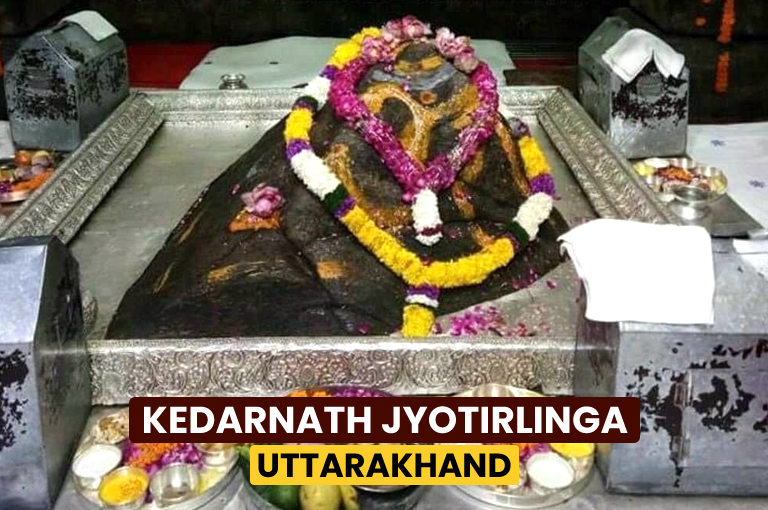
During the Pandavic quest to receive Shiva's forgiveness for their Kurukshetra war transgressions they approached him for forgiveness. The divine figure made himself appear as a bull to escape from them. When they recognized him, he dived into the ground, leaving his hump behind at Kedarnath.
Being one of the four sacred shrines in the Chota Char Dham domain, Kedarnath provides purification to sinners and eternal salvation to those who complete this spiritual journey.
Read more about Kedarnath Jyotirlinga: Kedarnath Temple Opening Dates 2025 and Registration Process
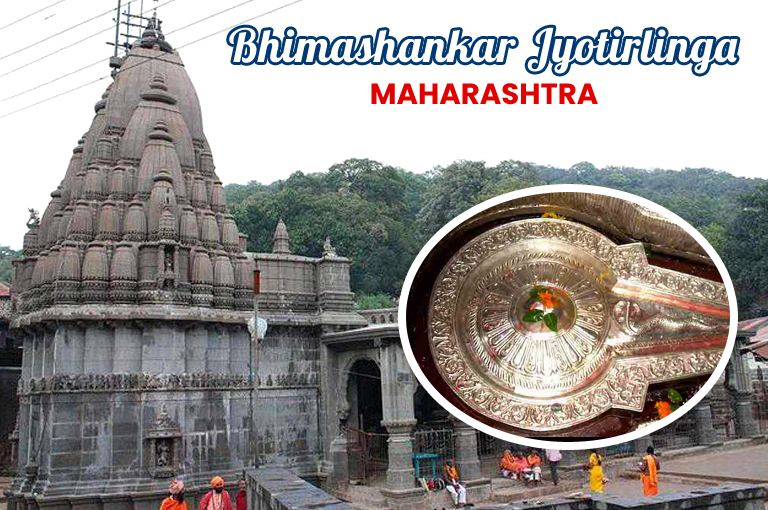
The temple bears a connection with the folktale about the demon Bhima who was the son of Kumbhakarna. The deity defeated Shiva in his temple before being overcome by Shiva. Shiva chose this place to establish Bhimashankar Jyotirlinga.
Devotees visit this site to access Shiva's destructive power against wickedness while defending moral goodness because of its crucial importance for obtaining divine justice and blessings.
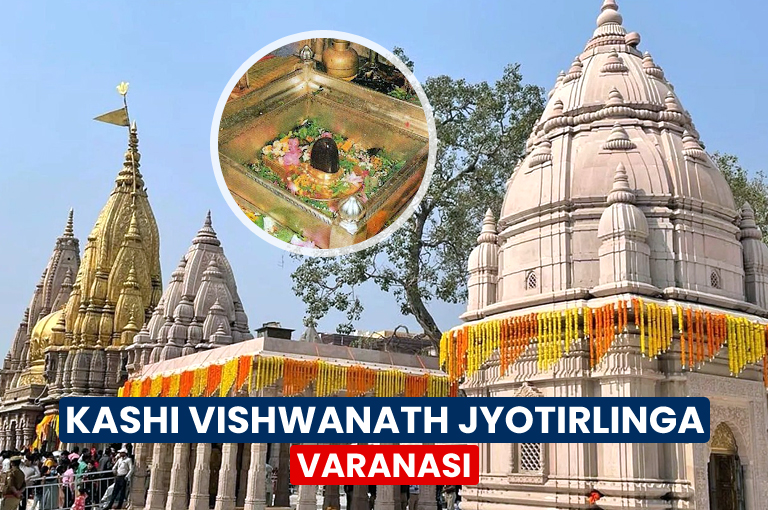
For numerous years the Kashi Vishwanath temple has operated as a central religious location for Hindu people. The temple underwent several destructions and rebuilds as a testament to the sustained devotion regarding Lord Shiva and become the part of 12 jyotirlinga in varanasi
It is believed that anyone who dies in Kashi obtains moksha, getting free from the cycle of birth and death. The Ganges flowing nearby is believed to carry the blessings of Shiva himself.
October to March for good travel conditions.
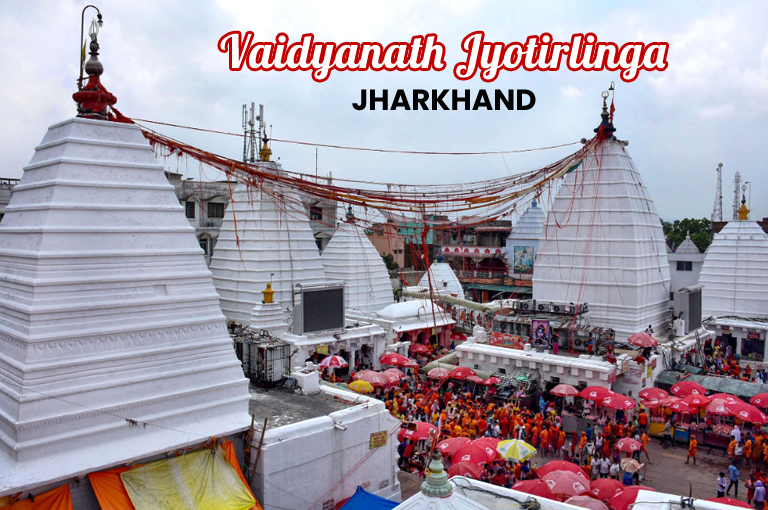
Philosophers and historians know Vaidyanath Jyotirlinga by its alternative name Baidyanath Dham and consider it to be a divine place where Lord Shiva grants spiritual healing and divine well-being.
It is said that the demon king Ravana worshipped Lord Shiva here and offered his ten heads as a sacrifice. Pleased, Shiva granted him immense power, and the temple is revered as a site of divine healing.
Devotees believe that praying at this temple cures ailments and bestows good health.
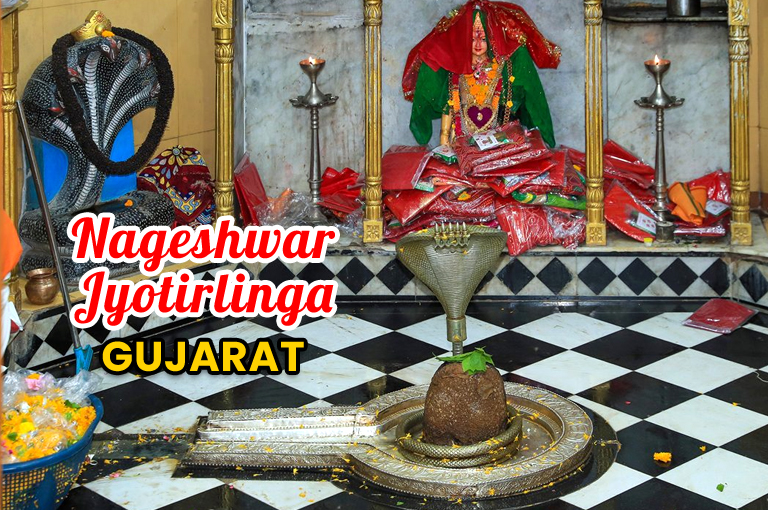
The Nageshwar Jyotirlinga shrine near Dwarka exists because of its strong connection to protection as well as defeating negative influences.
This temple is linked to the story of Supriya, a devotee who was imprisoned by a demon named Daruka. Shiva appeared and vanquished the demon, establishing himself as the Nageshwar Jyotirlinga.
This temple represents Shiva as the protector of devotees against all dangers, ensuring that faith triumphs over evil.
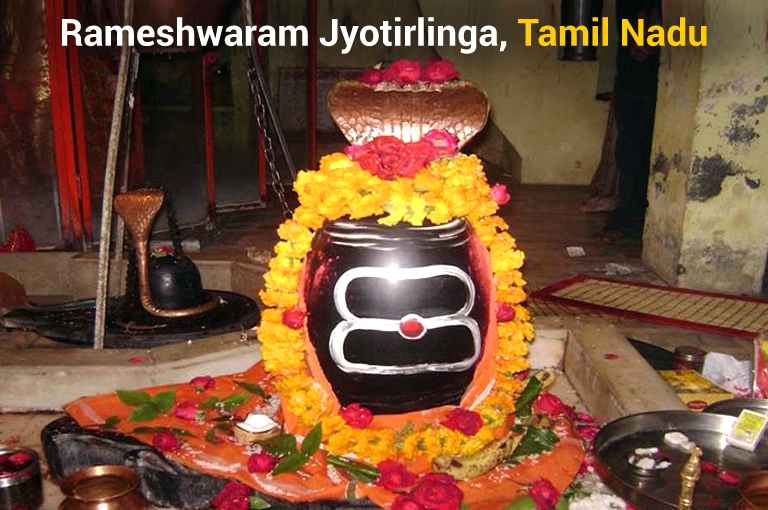
Lord Rama constructed a Shiva Linga from sand before his crossing to Lanka so he could win Shiva’s blessings to defeat Ravana.
This temple signifies the devotion of Rama to Shiva, showcasing the harmony between Vishnu and Shiva worship and is the famous jyotirlinga in india.
This temple represents devotion and purity, and bathing in its sacred wells is believed to wash away sins.
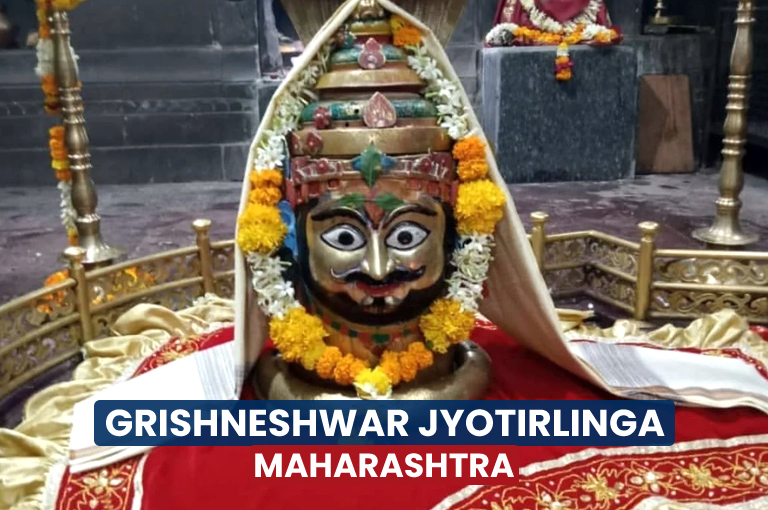
This is the smallest of all Jyotirlingas but of immense religious importance, located close to Ellora Caves
Grishneshwar is said to be associated with a story of a devout woman called Kusuma, who was granted Lord Shiva's grace after he faced extreme adversity. It is due to her devotion that Shiva had become the Jyotirlinga here.
This temple signifies unwavering devotion and the rewards of faith, thus this one also is an important pilgrim site.
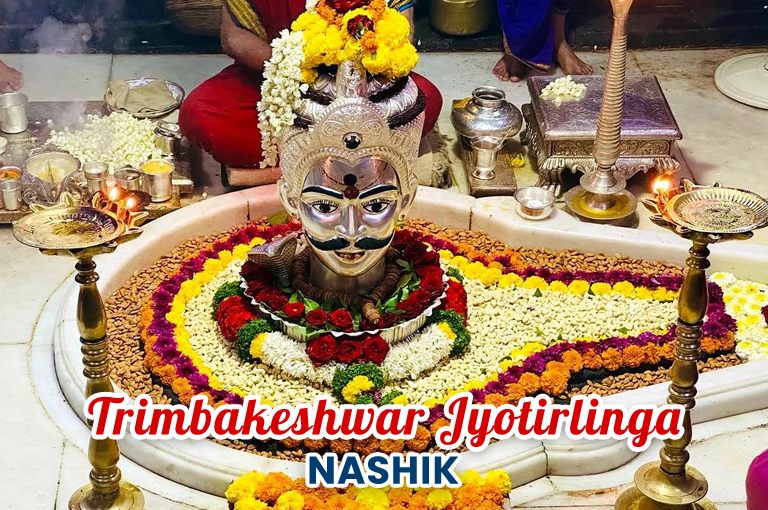
Trimbakeshwar Jyotirlinga, located in Nashik, Maharashtra, is one of the twelve sacred Jyotirlingas of Lord Shiva, and the famous jyotirlinga in India revered by devotees across India.
Built in the 18th century by Peshwa Balaji Baji Rao, Trimbakeshwar Temple has deep roots in Hindu mythology. It is closely associated with the origin of the sacred Godavari River and is mentioned in ancient scriptures like the Skanda Purana.
Trimbakeshwar is a powerful spiritual site believed to free devotees from sins and past karmas. It is the only Jyotirlinga where the deity represents Lord Brahma, Vishnu, and Shiva in the form of three lingas, symbolizing the Trimurti. The temple is also an important place for performing Narayan Nagbali and Kalsarpa Dosha pujas for ancestral blessings and spiritual cleansing.
The Jyotirlinga at Trimbakeshwar is unique as it naturally erodes, signifying the cycle of life.
Unlike other Shiva temples, the linga is set in a depression filled with water.
It is said that only priests can touch the sacred linga.
Made of black basalt stone, the temple features intricate carvings of gods, goddesses, and mythical figures. The spire is adorned with a golden crown, and the temple complex showcases stunning Hemadpanthi-style architecture, reflecting its grandeur.
The 12 Jyotirlinga situated in India are drenched in spiritual energy and give some divine experience for their devotees. Whether you are looking for peace, enlightenment, or even cultural exploration, visits to the sacred temples will mesmerize you. Each of these Jyotirlinga has its own story, charm, and power—making this pilgrimage an unforgettable journey.
Many devotees believe that visiting all 12 Jyotirlingas at least once in a lifetime can grant moksha (liberation from the cycle of birth and death). If you are on a spiritual quest or simply curious about India's divine heritage, these temples should be on your travel bucket list.
Explore the 12 Jyotirlinga Darshan Packages, designed for a seamless and spiritually enriching journey, ensuring a hassle-free experience while covering all sacred sites.